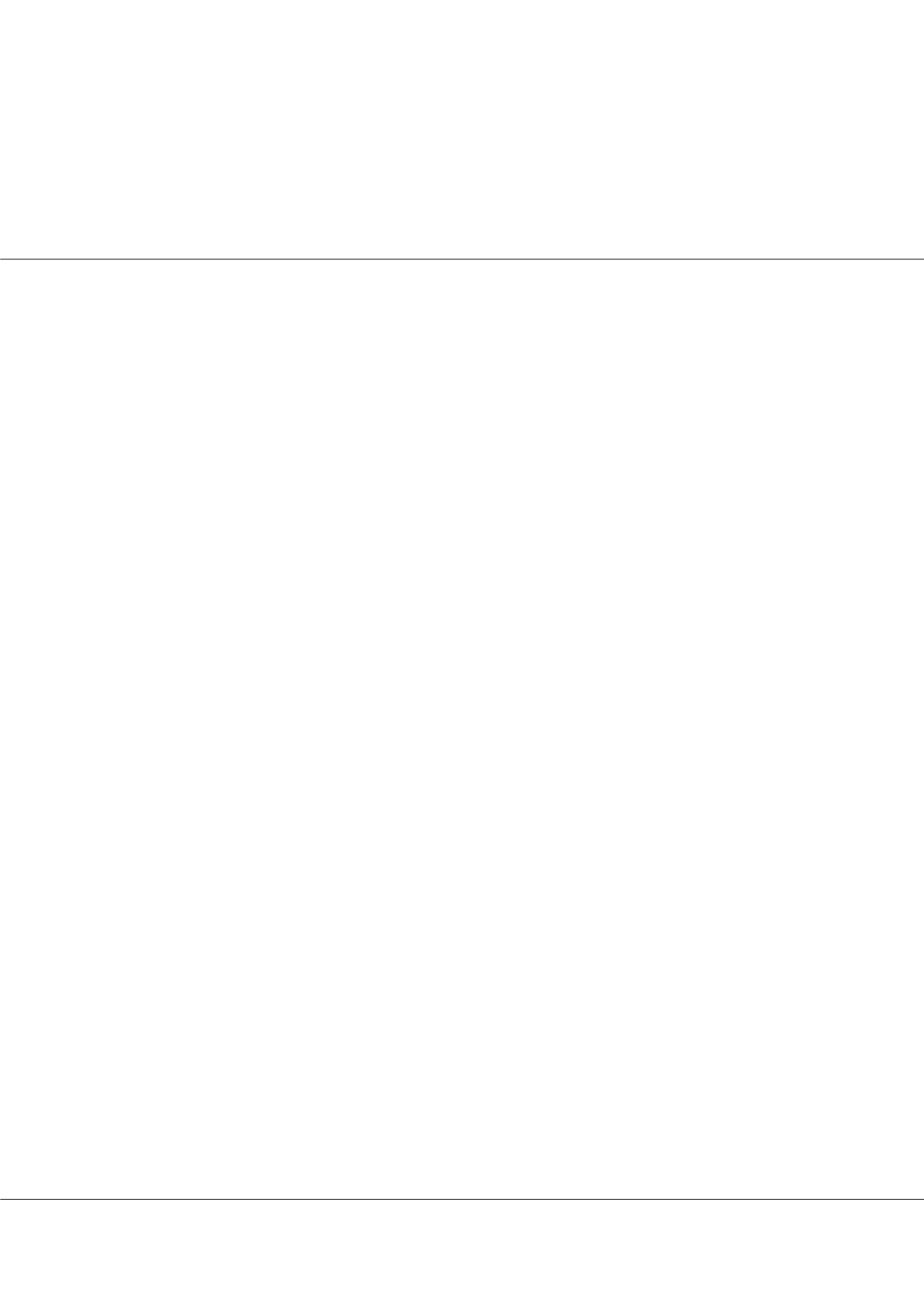

Volume 6, Issue 3 (Suppl)
J Hypertens, an open access journal
ISSN: 2167-1095
Page 86
conferenceseries
.com
Hypertension 2017 & Nuclear Cardiology 2017
September 11-13, 2017
JOINT EVENTON
and
September 11-13, 2017 | Amsterdam, Netherlands
2
nd
International Conference on
Hypertension & Healthcare
2
nd
International Conference on
Non-invasive Cardiac Imaging, Nuclear Cardiology & Echocardiography
Determinants of cardiac ejection fraction for the patients with Dobutamine Stress Echocardiography
Rabindra Nath Das
The University of Burdwan, India
Objectives
: This article aims to identify the determinants of the baseline cardiac ejection fraction, and the ejection fraction on
Dobutamine dose of 558 heart patients who underwent Dobutamine stress echocardiography (DSE).
Background
: There is less information known about the determinants of ejection fraction with DSE.
Methods
: The response ejection fraction is positive, heterogeneous, and gamma distributed, so joint generalized linear gamma
models fitting is used.
Results
: The baseline cardiac ejection fraction (baseEF) increases with the increased of peak heart rate (pkhr) (P=0.0247),
systolic blood pressure (sbp) (P=0.0007), ejection faction on Dobutamine (dobEF) (P<0.001). The baseEF decreases with the
increased of double product (DP) of peak heart rate & systolic blood pressure (sbp) (P=0.0017) and Dobutamine dose given
(dose) (P=0.0255). The baseEF increases of the cardiac patients who underwent DSE having recent angioplasty (newPTCA)
(P=0.0101), history of myocardial infraction (hxofMI) (P=0.0658), and baseline electrocardiogram diagnosis (ECG) at
normal level (P=0.0555). The baseEF increases of the cardiac patients with DSE not having resting wall motion abnormality
on echocardiogram (ECDG) (restwma) (P=0.0003), positive stress echocardiogram (posSE) (P<0.001), history of PTCA
(hxofPTCA) (P=0.0384). On the other hand, the ejection fraction on Dobutamine dose (dobEF) increases with the increased of
(DP) (P=0.0007), (dose) (P=0.0110), (baseEF) (P < 0.001), and it decreases with the increased of (sbp) (P=0.0012). The dobEF
increases of the cardiac patients with DSE having (posSE) (P<0.001), new myocardial infraction (new MI) (P=0.0054), recent
bypass surgery (new CABG) (P=0.0049), and it increases of the cardiac patients with DSE not having (new PTCA). In addition,
the dobEF decreases of the cardiac patients with DSE having heavy history of smoking (hxofCig) (P=0.0261).
Conclusions
: Impacts of pkhr, basal blood pressure, sbp, mbp, Dobutamine dose, heart conditions, heavy smoking and others
on baseEF and dobEF have been identified based on probabilistic Modelling. Most of the present findings and their effects are
almost new in the cardiac ejection fraction diagnosis literature.
rabin.bwn@gmail.comJ Hypertens 2017, 6:3(Suppl)
DOI: 10.4172/2167-1095-C1-003
















